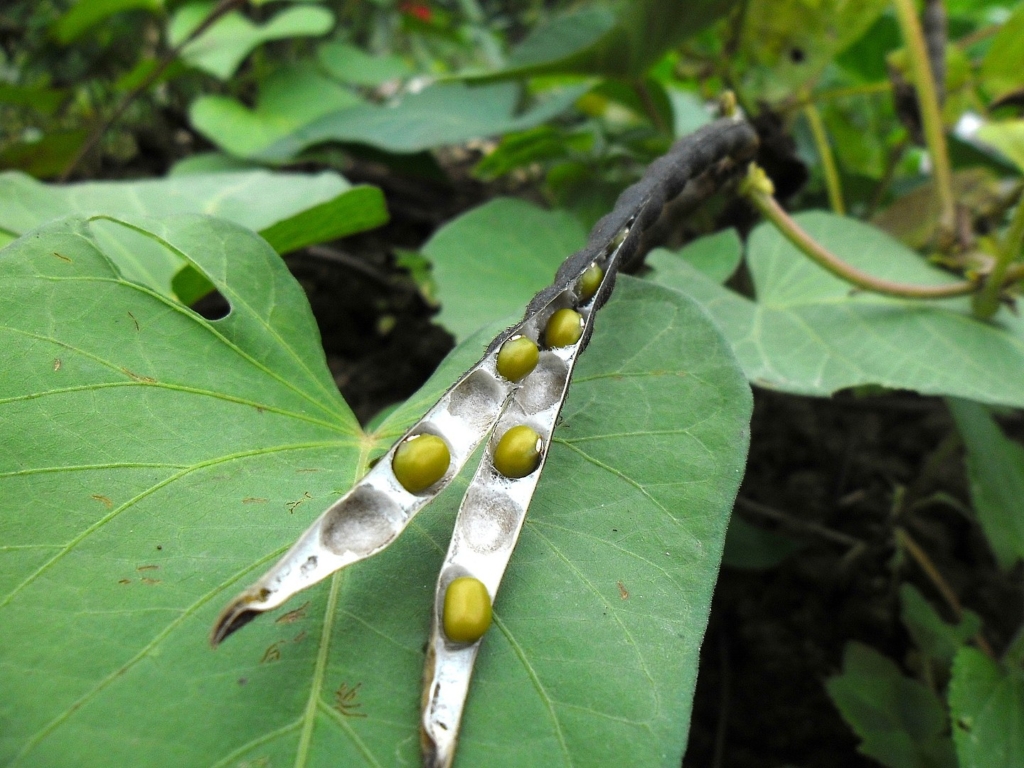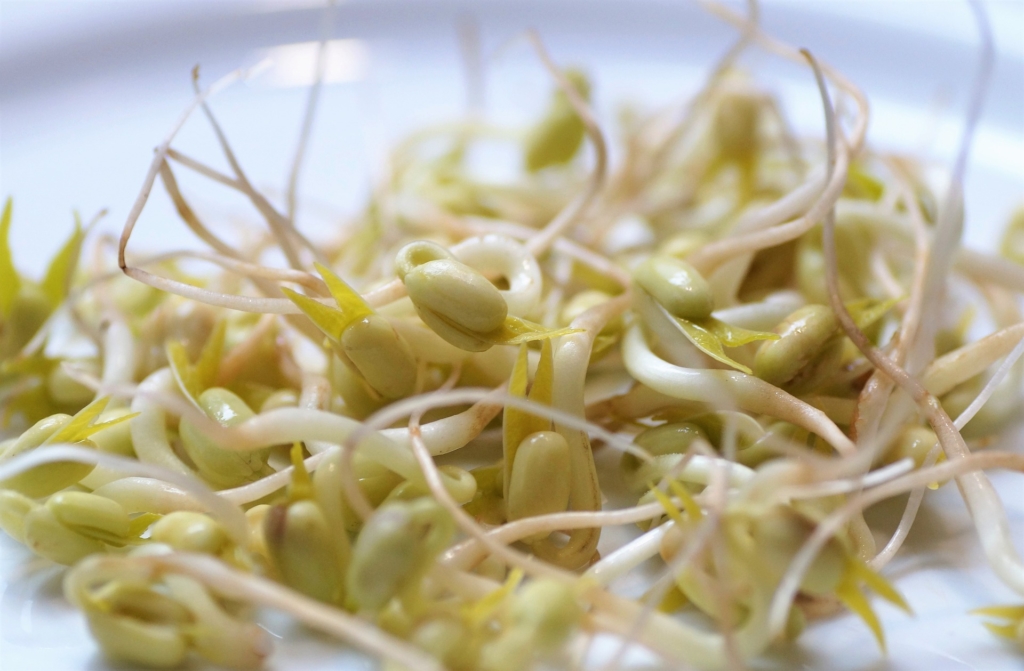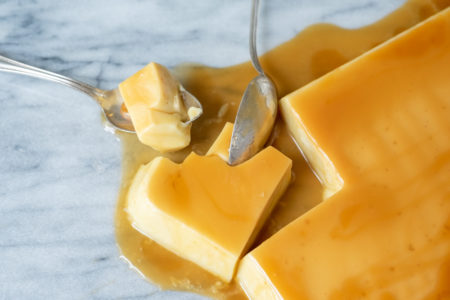Earthy and nutty with a hint of sweetness, mung beans are a versatile kitchen staple found across the world that deserves a spot in your pantry.
History
Though popularly used throughout Asia, mung beans were first cultivated in India and later spread throughout the continent. Today, they are grown and eaten throughout the world, with most exports coming from China, Myanmar, and Australia.
The growing consumer interest in plant-based dishes has also helped boost the worldwide popularity of this humble legume in recent years.
Flavor

Mung beans have the same earthy and nutty flavors you can find in most beans, such as black beans and cannellini beans. The main difference is that mung beans are slightly sweeter, so you will also typically find them used in desserts.
Preparation
One of the main advantages of cooking with mung beans is that they don’t need to be soaked beforehand. This makes them the perfect legume to turn to when you’re in a rush. Since mung beans are very small, they are quick to cook and can be ready after just 30 minutes of simmering on the stovetop.
Green mung beans are perhaps the most widely recognized form of this legume. But you can also find yellow mung beans, which are green mung beans that have been hulled and split. Though there is little difference in flavor, this makes them significantly easier to cook and digest.
Uses

You can find mung beans used in a variety of applications, from savory side dishes to baked desserts. When used in sweets, mung beans are typically formed into a sweet paste filling. The mung bean mooncake is a popular example. For savory applications, mung beans are often used in curries and soups to add flavor and heartiness. For the same reason, they are also a popular ingredient in veggie burgers and falafels.
Eating mung beans sprouted is another way to enjoy this ingredient. Sprouted mung beans are crisp and fresh, most often used in salads or sandwiches to add a satisfying vegetal crunch. Mung bean starch, meanwhile, is the main ingredient of glass noodles, a transparent noodle that is very similar to vermicelli.



